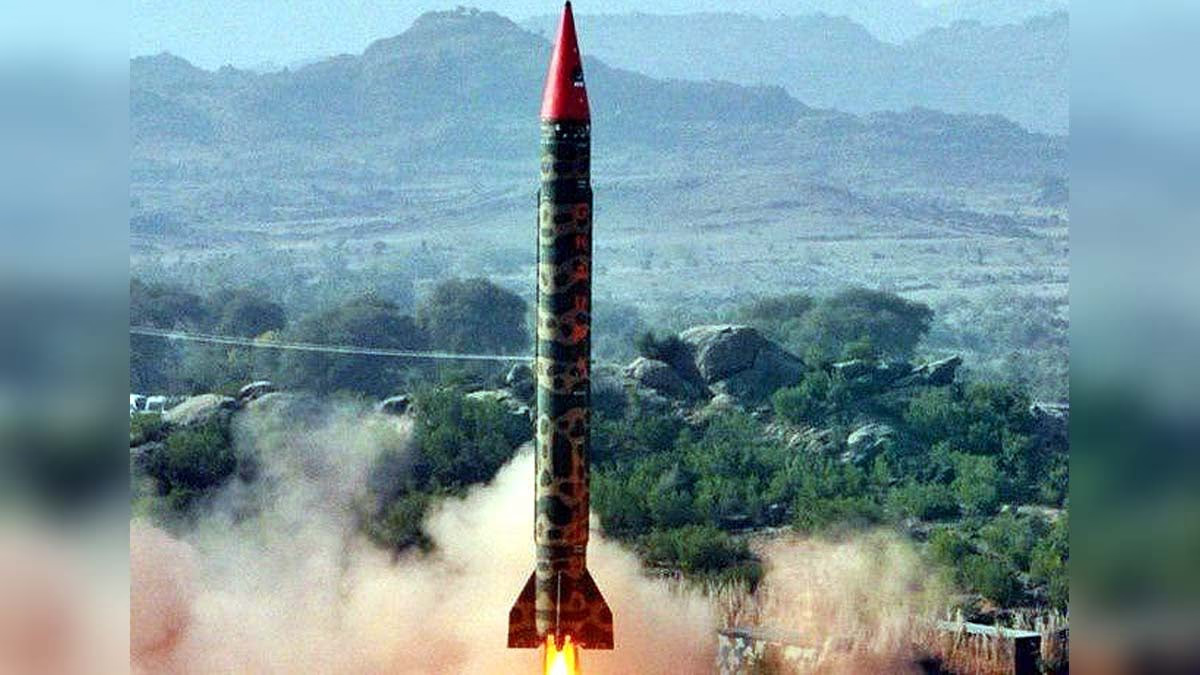The four days of Operation Sindoor brought Pakistan to its knees, causing damage to over a dozen of its airbases. India has flatly rejected Pakistan's nuclear threats and introduced a new defense policy following the operation.
The Ministry of External Affairs (MEA) has once again clarified that the statements by Pakistan's Field Marshal Asim Munir are baseless. At a private dinner in Florida, Munir claimed they are a nuclear power and, if threatened, would take down half the world with them.
Munir’s Threats and Indus River Disputes
Targeting India, Munir also threatened over control of the Indus River. He asserted they'd wait for India to build a dam and then destroy it with ten missiles. Munir continued, claiming the Indus is not India's private property and boasted about endless missile supply.
Also see: Have you forgotten Karachi Hills, Munir? Why Pakistani nuclear threats lack substance. Learn about both nations' nuclear capabilities.

Source: aajtak
India’s Response
The Ministry condemned Munir’s remarks, branding it as "nuclear saber-rattling" and remarking it as a persistent habit of Pakistan. The MEA highlighted that such statements cast doubts over the integrity of nuclear command in a nation where the military colludes with terrorist organizations.
Moreover, it was unfortunate such threats were made from a friendly country’s soil. India clarified it would not yield to nuclear blackmail and would take every measure needed for national security.
The True Picture: Reality of Munir’s Threats
Operation Sindoor displayed India’s strength, possessing 172 nuclear weapons. India continues to enhance the range and power of its nuclear arsenal, including long-range ICBM missiles. India adheres to a No First Use Policy. Conversely, Pakistan’s nuclear strategy remains ambiguous, heavily reliant on short-range weapons.
Also read: India Vs Pakistan: Where does Pakistan stand against India in terms of military and defense spending? See the figures.
Munir’s claim of "destroying half the world" indicates global strike capability, yet Pakistan holds limited-range weapons. Recent US intelligence reports indicate Pakistan is attempting to bolster its nuclear stockpile, potentially posing a future threat. Currently, Pakistan has about 170 nuclear weapons. Detailed breakdown below...
Pakistan’s Nuclear Weapons (As of 2023)

Source: aajtak
Air-launched Weapons
Mirage III/V
Launchers: 36
Deployment: 1998
Range: 2,100 km
Warhead: 1 x 5-12 kiloton bomb or Ra'ad-I/II ALCM
Warheads: 36
JF-17
Warhead: Ra'ad-II ALCM
Total (Air-launched Weapons):
36 Warheads
Ground-launched Weapons
Abdali (Hatf-2)
Launchers: 10
Deployment: 2015
Range: 200 km
Warhead: 1 x 5-12 kiloton
Warheads: 10
Ghaznavi (Hatf-3)
Launchers: 16
Deployment: 2004
Range: 300 km
Warhead: 1 x 5-12 kiloton
Warheads: 16
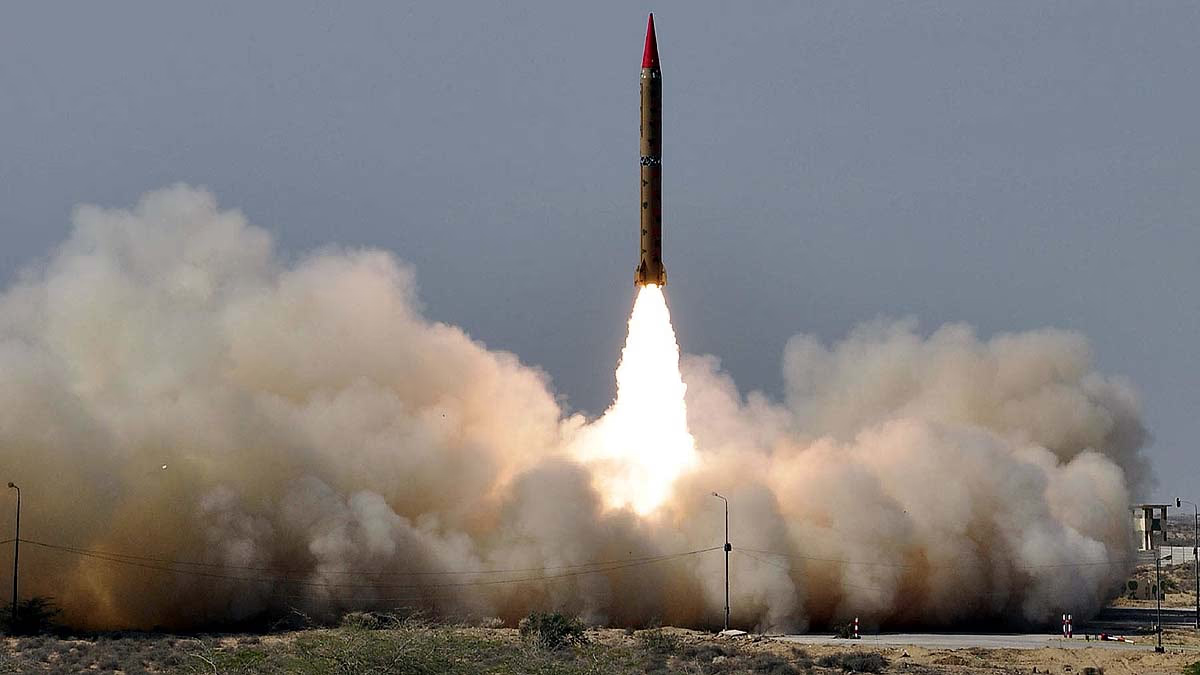
Source: aajtak
Shaheen-1/A (Hatf-4)
Launchers: 24
Deployment: 2003/2022
Range: 750/900 km
Warhead: 1 x 5-12 kiloton
Warheads: 24
Shaheen-II (Hatf-6)
Launchers: 12
Deployment: 2007
Range: 2,000 km
Warhead: 1 x 5-12 kiloton
Warheads: 12
Shaheen-III (Hatf-6)
Launchers: 12
Deployment: 2024
Range: 2,750 km
Warhead: 1 x 10-40 kiloton
Warheads: 24
Ghauri (Hatf-5)
Launchers: 12
Deployment: 2003
Range: 1,250 km
Warhead: 1 x 10-40 kiloton
Warheads: 12
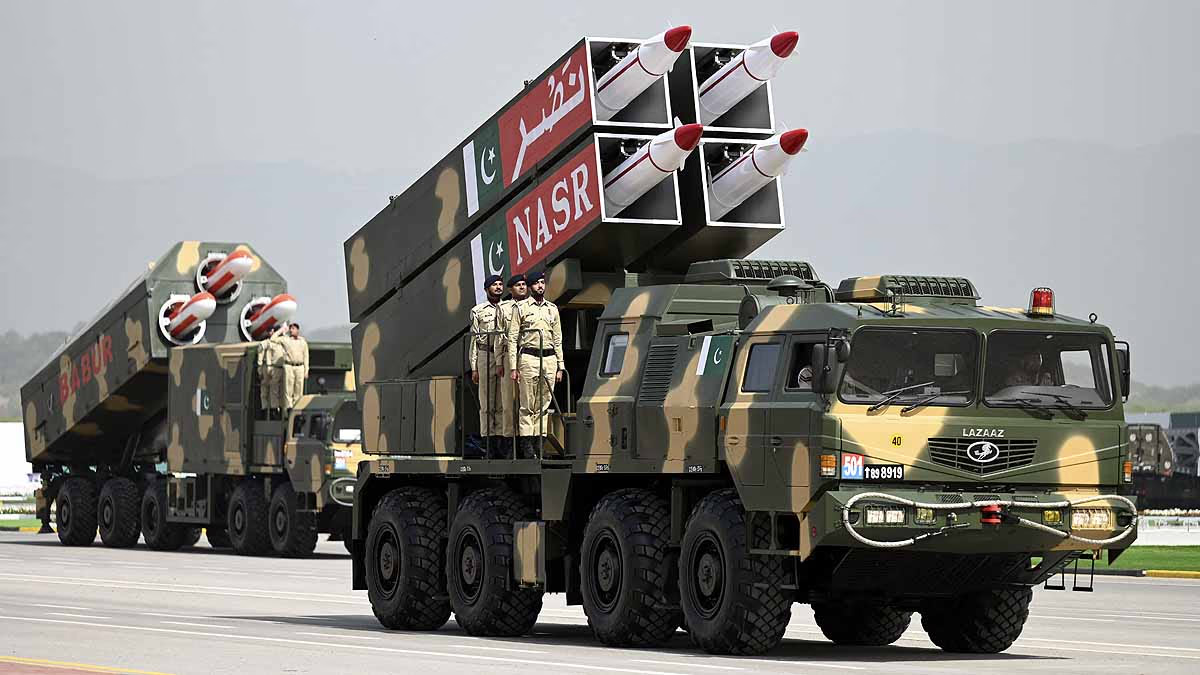
Source: aajtak
Nasr (Hatf-9)
Launchers: 24
Deployment: 2013
Range: 60-70 km
Warhead: MIRV?/MRV?
Warheads: 12
Ababeel (Hatf-8)
Launchers: 12
Deployment: 2022
Range: 2,200 km
Warhead: 1 x 5-12 kiloton
Warheads: 12
Babur-1A GLCM (Hatf-7)
Launchers: 36
Deployment: 2014
Range: 700 km
Warhead: 1 x 5-12 kiloton
Warheads: 36
Babur-2/1B GLCM (Hatf-7)
Launchers: 24
Range: 700 km
Warhead: 1 x 5-12 kiloton
Warheads: 24
Total (Ground-based Weapons):
126 Warheads
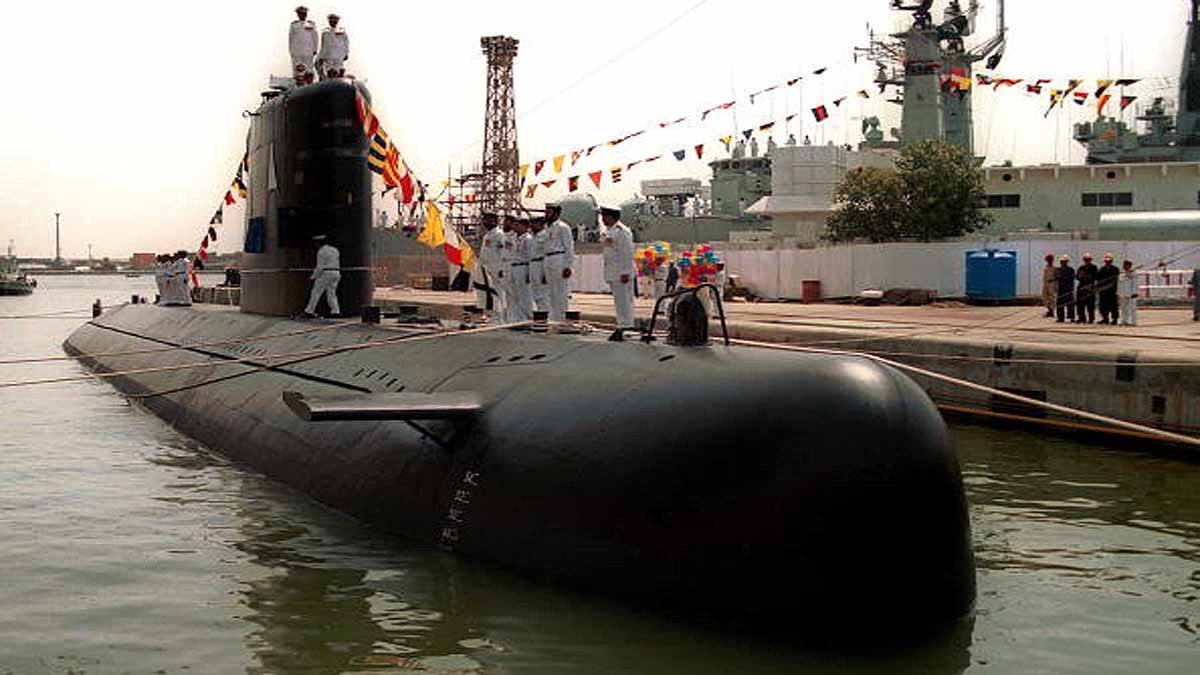
Source: aajtak
Sea-based Weapons
Babur-3 SLCM (Hatf-7)
Range: 450 km
Warhead: 1 x 5-12 kiloton
Warheads: (8) Estimated
Other Warheads: 170*
(Note: Range is the operational area of an unfueled weapon. Warhead yields are based on 1998 nuclear tests. Some weapons may have more than one missile per launcher, but one warhead per launcher is assumed on average.)
Limitations of Pakistan's Nuclear Power
Limited Range:
Munir’s claim of devastating half the world is incorrect. The longest-range missile, Shaheen-III, has a range of 2,750 km, insufficient for a global strike. It remains focused on regional targets (India).
Reliance on Short-range Weapons:
Most arms, like Nasr (60-70 km range), are battlefield-focused. Their policy is unclear, focusing on local defense over global offense.
Limited Air Capabilities:
Reliance on older Mirage III/V (since 1998) and possibly JF-17 for aerial attacks. No long-range bombers available.
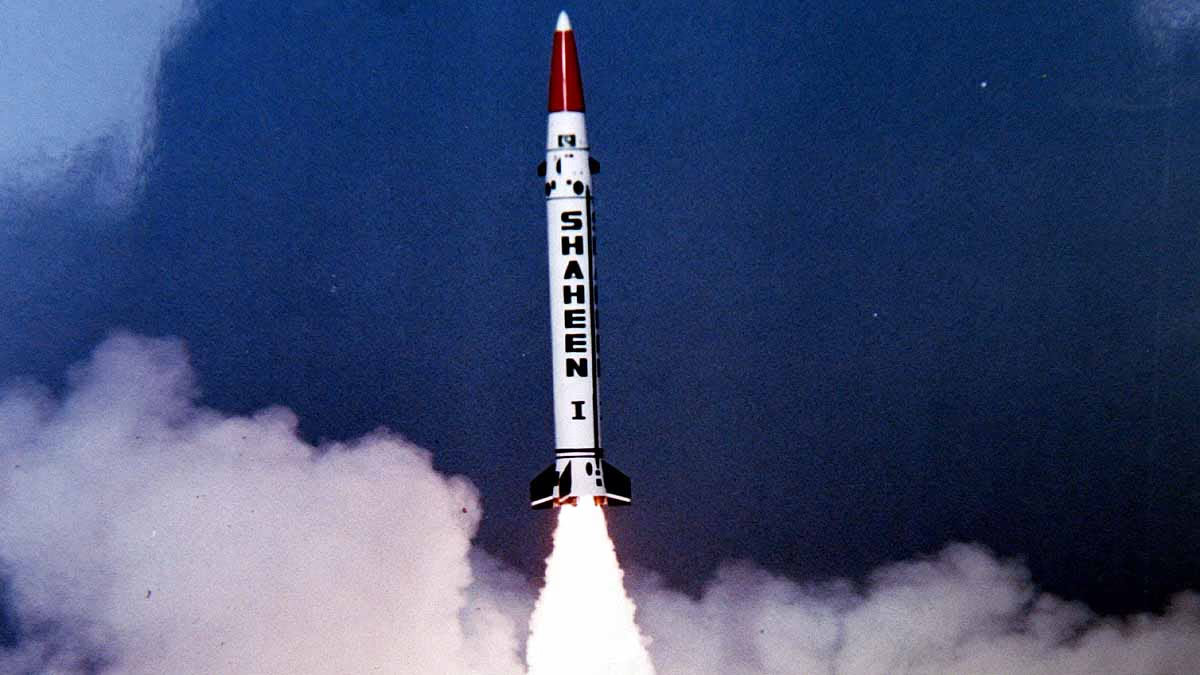
Source: aajtak
Weak Naval Power:
Babur-3 SLCM’s 450 km range is much weaker compared to India's expanding SSBN fleet.
Lack of Readiness:
Many of the 170 warheads are connected to dual-use launchers, making simultaneous nuclear deployment impossible.
Technical Inadequacies:
Most weapons are liquid-fueled, slower, and less secure. MIRV and precision strike capability are inferior to India's.
Attack Possibilities:
Small and fixed launch sites are vulnerable to pre-emptive strikes like Operation Sindoor.
